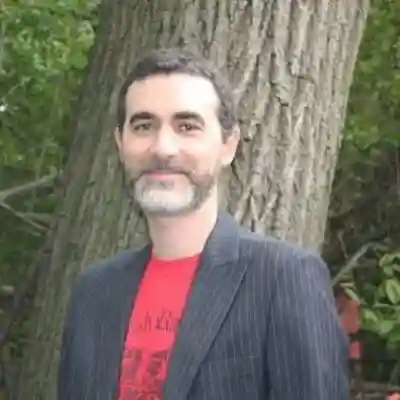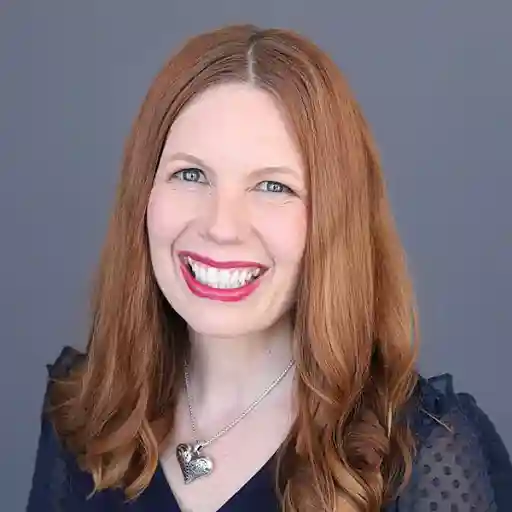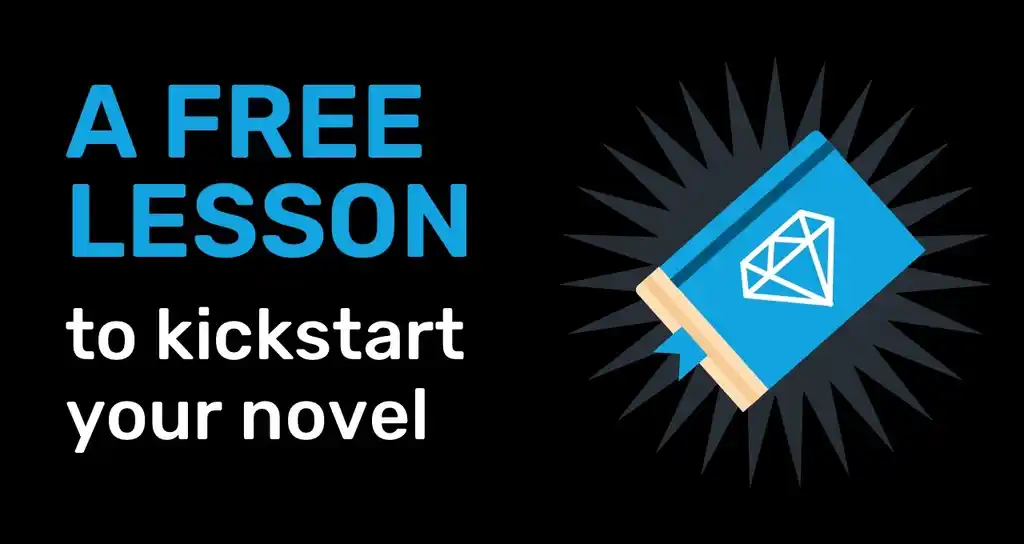In this presentation, Dr. Noah Charney draws from his experience as a bestselling author of more than 25 books to reveal the secrets of nonfiction book proposals. He explains why these proposals are crucial for securing publishing deals before writing your manuscript, how they act as a basis for the financial commitment the publisher is making, and what elements make acquisition editors champion your work to their teams.
This is a summary of Dr. Charney's presentation on the power of great book proposals. To hear him go into more detail, you can use the time stamps featured below.
Understanding book proposals for nonfiction (07:27)
For your nonfiction book, you need a proposal rather than a completed manuscript. Publishers actually prefer you haven't written the book yet so they can provide input. Many authors realize this too late after spending considerable time writing an entire manuscript that no one wanted to see in full.
Your proposal serves as a pitch about your future book plus one sample chapter, typically ranging from 2,000-10,000 words. These can be as short as 2-3 pages in their lightest form but usually expand to include more detailed elements. Think of your proposal as your book's ambassador — it creates that crucial first impression that will determine your book's fate before you've even completed the manuscript.
Having a finished nonfiction manuscript is actually considered a negative in publishing. You'll need a proposal for both traditional and hybrid publishing routes — only self-publishing lets you skip this step. Your proposal goes first to either an acquisitions editor or your agent. Don't worry if you're agent-less — while the biggest trade publishers require agents, many quality academic, university, and independent presses accept proposals directly from you, including major houses like Bloomsbury.
The decision-making process for publishers (15:48)
If an acquisitions editor likes your proposal, they'll present it at a team meeting. Your proposal needs to make it easy for that editor to pitch your book in about two minutes to colleagues from different departments who likely haven't read your full proposal.
You must create a concise, punchy one-liner that instantly grabs attention. For instance, a successful pitch might be:
"This is the true story of the most frequently stolen artwork in history, which is also arguably the single most important painting ever made."
During these meetings, publishers make detailed financial decisions based solely on your proposal — determining print runs, image budgets, and marketing allocations before you've even written the book. The publisher's entire commitment is based only on that potential energy of your book proposal. That's why it's so critically important to get it right.
Financial advances (23:48)
The nonfiction publishing model works in your favor financially: write a proposal, secure a contract with an advance, and then write the book. This differs from fiction where you must complete an entire manuscript before getting paid.
Logistically, it's easier to make a career writing nonfiction because you write a book proposal, get a publisher excited about it, and then proceed. A nonfiction advance can range from $0 to $20,000, with higher amounts considered exceptional. Your advance represents estimated first-year royalties, and once earned back, you begin receiving additional payments.
Use this advance to carve out time for writing your book. Since all financial commitments are determined by your proposal, it often matters more than the finished book itself. In many ways, your proposal is more important than the book you'll ultimately write.
Examples of successful proposals (27:05)
Study winning proposals like Joshua Foer's "Moonwalking with Einstein," which earned a $1 million advance as a first-time author. His 40-page proposal used an effective A-B-A-B structure alternating between his personal memory training journey ("A" chapters) and the science of memory ("B" chapters).
The "A" chapters end with cliffhangers, so you want to read through the "B" chapters to get to the resolution and rejoin the personal narrative. It's a clever system that works for both fiction and nonfiction.
Essential components of a book proposal (33:00)
Your book proposal must include several key elements. For a "light version" (2-3 pages), include your title, subtitle, author name, and answers to the following questions:
- Why is this book needed?
- Who will buy it?
- How is it different from existing books?
Next, add a bio highlighting your qualifications, a table of contents, completion timeline, and information about images or length. A complete proposal needs a dynamic narrative opening, concise book summary, detailed chapter-by-chapter summaries (at least half a page each), word count, and marketing information.
In your "other relevant publications" section, mention similar successful books — publishers will check their sales to estimate yours. In the world of books, there is no such thing as competition. If you love a subject like the American Civil War and hear that there are five good books about it, you'll likely buy all five books.
For academic books, there's an additional peer review step before contracts are offered, but the basic proposal requirements remain similar. Regardless of your publishing path, a well-crafted proposal remains your most powerful tool for turning your nonfiction book idea into a published reality.





